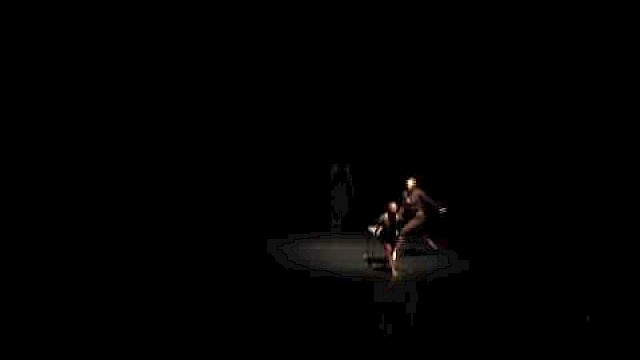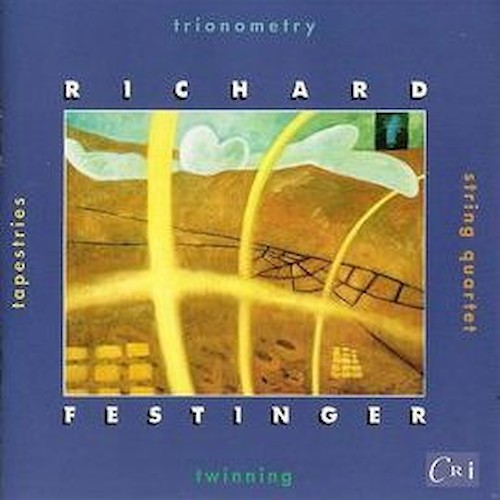String Quartet No. 1
- Year
- 1994
- Duration
- 22'
- Category
- Chamber
- Premiere
- November, 19th 1996
The Veterans War Memorial, San Francisco, California
The Alexander String Quartet - Purchase
- C.F. Peters Corporation
- Catalog Number
- EP67771 | EP67771A
Program Notes
The quartet is a piece very consciously situated in the rich history of the genre—distant echoes of the classical composers Festinger cites appear through the quartet, especially in the more scherzando music, and also commingle with echoes of more assertive ones of Bartok and (especially) of Berg’s Lyric Suite—but unusual in the emphasis it places on the idea of the ensemble as “almost.. .a single mind.” Innumerable “orchestrational” touches in the texture demand that two or more players abruptly become a kind of composite instrument. Two widely-spaced lines suddenly veer into the middle of the texture, converging on a close interval. A viola line, arco, is doubled by the cello playing the same line pizzicato (or vice versa). The finale’s feisty stream of sixteenth notes migrates naturally, practically imperceptively, from player to player, the transitions all but inaudible.
The piece begins with a slow introduction (Adagio) that almost deserves to be called a separate movement, as it is nearly as long as the first movement proper. It is muted and mysterious music, colored by harmonics, ponticello, and tremolo, but much of the music in this opening turns up later in quite different character. The Allegro that follows (marked Più mosso) is a muscular romp for the quartet, full of sudden shifts of gear, and calling on the players much of the time to speak in rhythmic unison.
The second movement (Alla breve) consists of a theme and five variations. The theme is not a succession of pitches or rhythms or harmonies, but a complex of all three. The succeeding five variations take up and juggle materials from the theme in unpredictable ways. The material becomes progressively more intricate and playful, until the last variation is almost a distillation of its model. A vigorous rondo finale rounds off the piece—a virtuoso etude in syncopation ending in a triumphant flourish.
- Michelle Dulak

